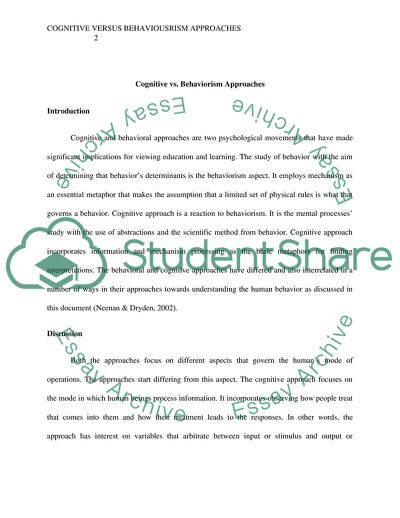Cite this document
(Compare and contrast the contributions made by the cognitive and Essay, n.d.)
Compare and contrast the contributions made by the cognitive and Essay. https://studentshare.org/psychology/1825766-compare-and-contrast-the-contributions-made-by-the-cognitive-and-behavioural-approach-in-the-understanding-of-human-behaviour
Compare and contrast the contributions made by the cognitive and Essay. https://studentshare.org/psychology/1825766-compare-and-contrast-the-contributions-made-by-the-cognitive-and-behavioural-approach-in-the-understanding-of-human-behaviour
(Compare and Contrast the Contributions Made by the Cognitive and Essay)
Compare and Contrast the Contributions Made by the Cognitive and Essay. https://studentshare.org/psychology/1825766-compare-and-contrast-the-contributions-made-by-the-cognitive-and-behavioural-approach-in-the-understanding-of-human-behaviour.
Compare and Contrast the Contributions Made by the Cognitive and Essay. https://studentshare.org/psychology/1825766-compare-and-contrast-the-contributions-made-by-the-cognitive-and-behavioural-approach-in-the-understanding-of-human-behaviour.
“Compare and Contrast the Contributions Made by the Cognitive and Essay”. https://studentshare.org/psychology/1825766-compare-and-contrast-the-contributions-made-by-the-cognitive-and-behavioural-approach-in-the-understanding-of-human-behaviour.


